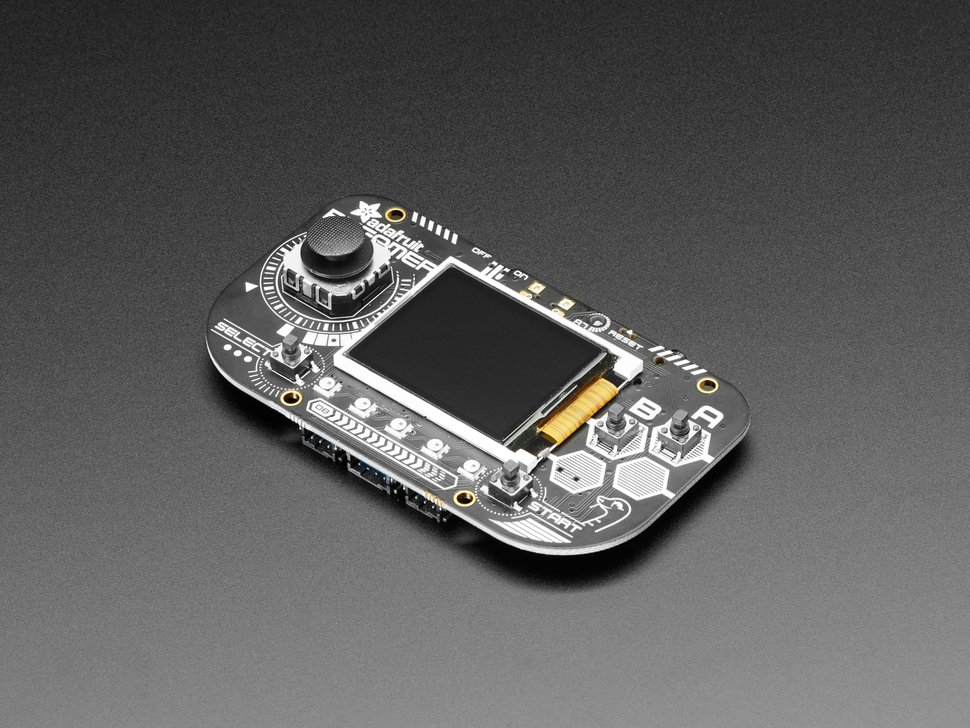- makeITcircular 2024 content launched – Part of Maker Faire Rome 2024Posted 2 weeks ago
- Application For Maker Faire Rome 2024: Deadline June 20thPosted 2 months ago
- Building a 3D Digital Clock with ArduinoPosted 7 months ago
- Creating a controller for Minecraft with realistic body movements using ArduinoPosted 7 months ago
- Snowflake with ArduinoPosted 8 months ago
- Holographic Christmas TreePosted 8 months ago
- Segstick: Build Your Own Self-Balancing Vehicle in Just 2 Days with ArduinoPosted 8 months ago
- ZSWatch: An Open-Source Smartwatch Project Based on the Zephyr Operating SystemPosted 9 months ago
- What is IoT and which devices to usePosted 9 months ago
- Maker Faire Rome Unveils Thrilling “Padel Smash Future” Pavilion for Sports EnthusiastsPosted 10 months ago
Adafruit PyGamer: Open Source Handheld Gaming Device

AdaFruit’s new PyGamer is a small and powerful entry-level console for DIY gaming and creative development. It allows you to run CircuitPython, MakeCore Arcade, or your own Arduino games. Also, there are tons of games already available for the board to get you started.
What really sets PyGamer apart is the fact that the console is based on a fully open source design.
The PyGamer has a ATSAMD51J19 processor, 1.8″ 160×128 color TFT display, 5 NeoPixels, light sensor and everything you need to hack and play games. For storage, there’s an 8MB of Quad SPI flash and microSD card slot for expansion.
For controls, there’s a dual-potentiometer analog stick and four square-top buttons. You also get a stereo headphone jack and microUSB port.
Features are listed below:
- ATSAMD51J19 @ 120MHz with 3.3V logic/power – 512KB of FLASH + 192KB of RAM
- 8 MB of QSPI Flash for storing images, sounds, animations, whatever!
- Micro SD Card Slot for storing even more stuff when the QSPI flash isn’t enough
- 8″ 160×128 Color TFT Display connected to its own SPI port
- 1 x Analog Thumbstick with X and Y analog inputs
- 4 x Game/Control Buttons with square tops
- 5 x NeoPixels for dazzle, or game score-keeping
- Triple-axis accelerometer (motion sensor)
- Light sensor, reverse-mount so that it points out the front
- Stereo headphone jack
- Mono Class-D speaker driver for 4-8 ohm speakers, up to 2 Watts
- LiPoly battery port with built in recharging capability
- USB port for battery charging, programming and debugging
- Two female header strips with Feather-compatible pinout so you can plug any FeatherWings in
- JST ports for NeoPixels, sensor input, and I2C (you can fit I2C Grove connectors in here)
- Reset button
- On-Off switch















